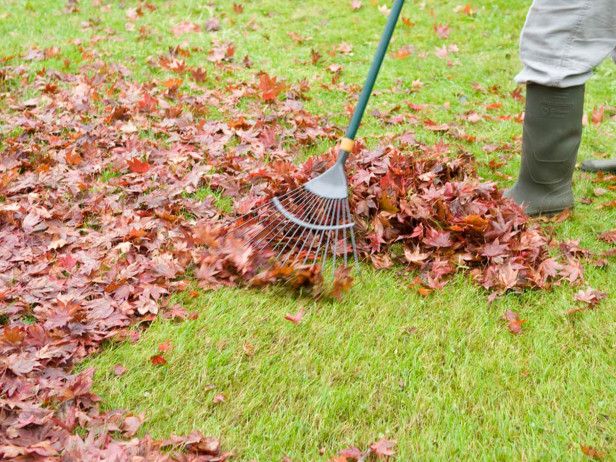Winter is usually a quiet time in the garden, however there are still some things you can do to help keep your lawn in a good condition.
Rest the Lawn
If it is practical and possible, keep off the lawn when it is wet or frosty.
During this time the grass will easily become damaged, as it is not actively growing, and will not repair itself until the Spring.
Mowing the Lawn
You should only mow the lawn if it is necessary, and if the conditions warrant this. If heavy frosts are expected or the ground is very wet, then mowing should not take place.
If temperatures remain over 5°C then the grass will continue to grow and may require mowing. You should ensure that the cut is around 25% higher than during the Summer. Winter also gives a good opportunity for you to get your mower serviced
Clear Leaves and Debris
Keep your lawn free of leaves and debris. The best way to do this is to use a light rake or a brush.
If you do not keep your lawn area free of fallen leaves, these will trap moisture which can encourage disease and worm activity.
Aeration
This can be done with a fork or a spiking machine.
Aeration will relieve compaction, improve drainage and allow more air into the root system, leading to a healthier lawn.
For larger areas you can usually hire a spike machine from your local garden centre of DIY store.
Worms and Moles
Worms are beneficial to the soil structure, as they improve the nutrient content of soil.
Worm casts are best left to dry, and then sweep away with a stiff brush. January and February often see an increase in mole activity – remove the mounds of earth and plan to seed the area in Spring.
Things to look out for
Algae could prove to be an issue over the Winter, usually on lawns with poor drainage or excessive shade.
If your lawn suffers any dieback from foot traffic during wetter periods and the muddy season, consider laying steppingstones to allow access without causing damage.
Remember – the return of Spring will stimulate new growth and your lawn will start to recover from the Winter season.




